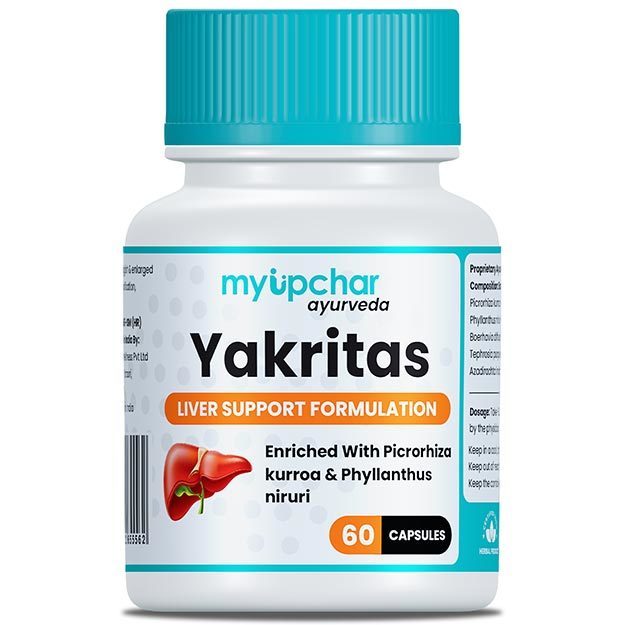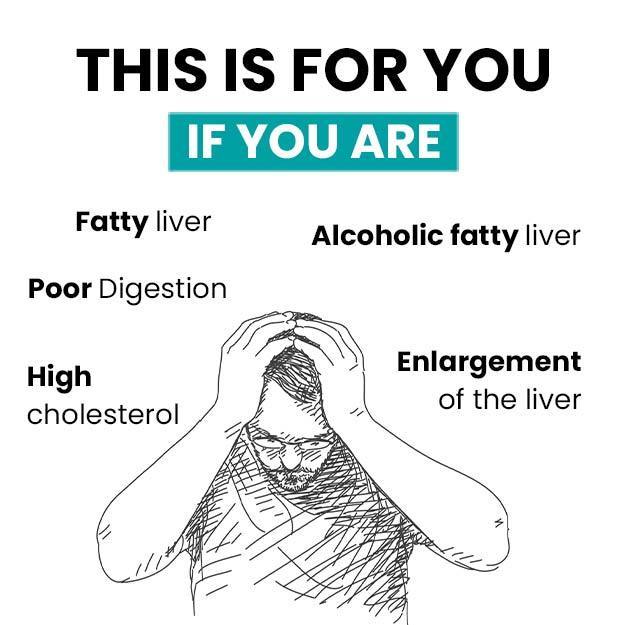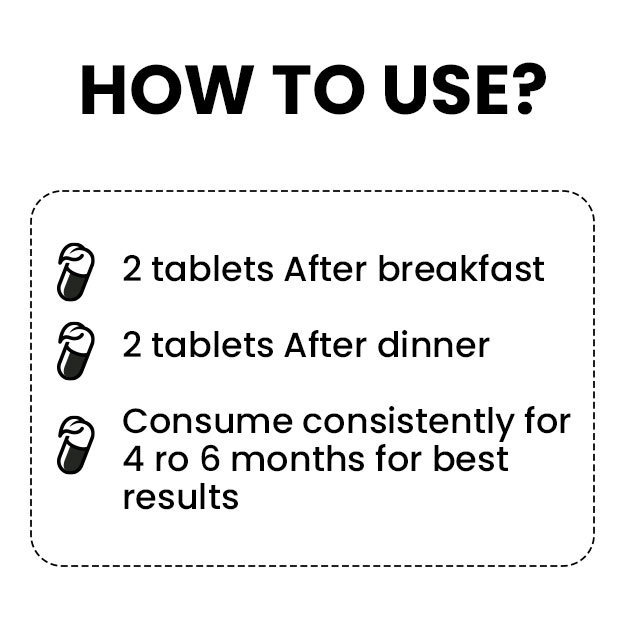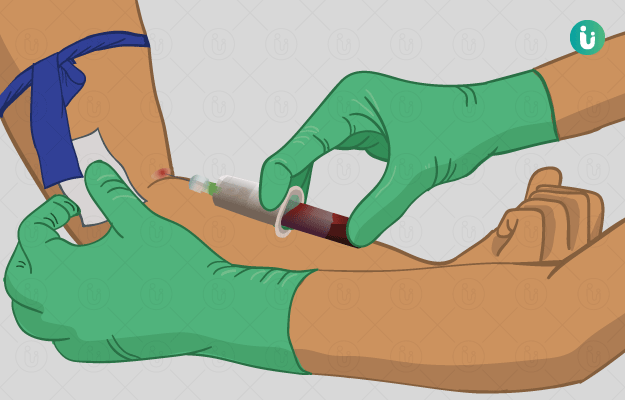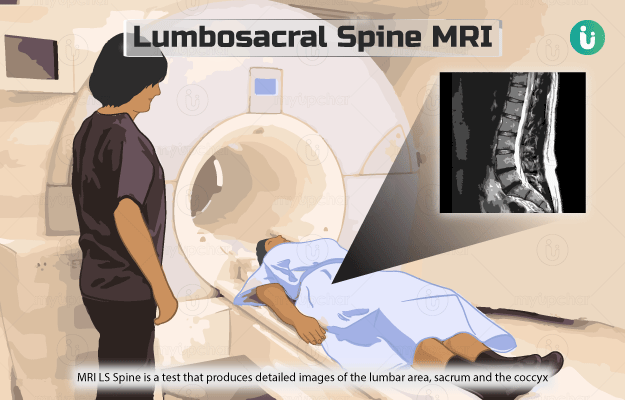What is an Ammonia test?
Ammonia test is used to measure the levels of ammonia in the bloodstream. It helps diagnose or identify hepatic encephalopathy. This disease can alter the functioning of brain due to accumulation of a large amount of toxins or poisons in the body.
Microbes present in your gut break down proteins to form ammonia. The ammonia thus formed is then converted into urea by the liver. This urea is eventually excreted in urine. If due to any condition, such as cirrhosis or severe hepatitis, liver stops converting ammonia into urea, it can lead to an increased concentration of ammonia in body.
This increased ammonia can travel to the brain through bloodstream and causes mental or neurological changes, such as disorientation, confusion, sleepiness, tiredness, coma and eventually death.
An ammonia blood test is considered a gold standard for urea cycle disorders (a genetic disorder in which your body lacks an enzyme that helps in the removal of ammonia from blood).
It is also known as blood ammonia test or NH3 test.





